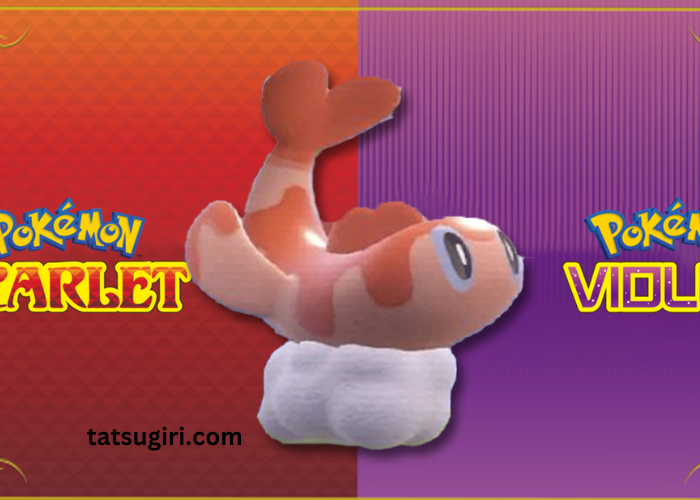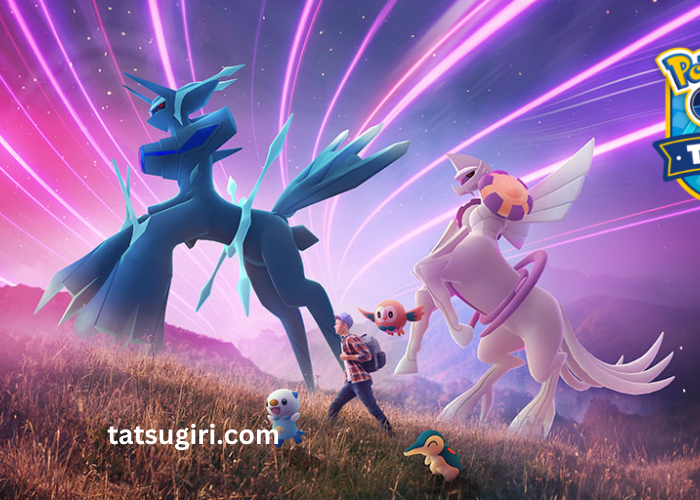In the Pokémon universe, Tatsugiri stands out not only for its formidable battling prowess but also for its striking and diverse color variations. From its origins and evolutionary stages to its cultural symbolism and impact on gameplay, Tatsugiri’s colors play a significant role in its characterization and appeal. This article dives deep into the spectrum of Tatsugiri’s colors, examining their significance, evolution, and cultural context within the Pokémon world.
Introduction to Tatsugiri: A Steel-type Marvel
Tatsugiri, a Pokémon renowned for its sharp, blade-like appearance and martial prowess, captures the imagination of trainers and enthusiasts alike. As a Steel-type Pokémon, Tatsugiri embodies strength, precision, and resilience in battles. Its design draws inspiration from traditional Japanese swordsmanship, emphasizing both offensive capabilities and defensive maneuvers.
Origins and Cultural Symbolism
Influence of Japanese Swordsmanship
The design of Tatsugiri reflects its cultural roots in Japanese swordsmanship, known as “kenjutsu” or “kendo.” The Pokémon’s name itself, derived from “tatsujin,” meaning master swordsman, underscores its status as a skilled warrior in battle. Tatsugiri’s colors are intricately tied to its martial heritage, with each variation symbolizing different aspects of its prowess and evolution.
Visual Representation in Games and Media
In Pokémon games, Tatsugiri’s colors are meticulously crafted to enhance its visual impact and thematic resonance. From its initial form to its evolved stages, each color variation communicates Tatsugiri’s growth, mastery, and alignment with specific elemental or thematic influences. Trainers often seek out these variations not only for their aesthetic appeal but also for their strategic advantages in battles.
Evolutionary Color Progression
Base Form: Initial Color Palette
Tatsugiri’s base form typically features a sleek, metallic sheen that reflects its Steel-type attributes. The initial colors often include shades of silver, gray, and metallic hues, symbolizing its affinity for metal and its foundation as a martial Pokémon. This form establishes Tatsugiri’s visual identity and serves as the starting point for its evolutionary journey.
Evolved Forms: Color Variation and Significance
As Tatsugiri evolves through its evolutionary stages, its color palette undergoes significant changes that reflect its growth and specialization. Evolved forms may introduce new colors such as gold, bronze, or even darker shades that evoke themes of mastery, prestige, or elemental alignment. These variations not only enhance Tatsugiri’s visual diversity but also signify its progression in battles and its adaptation to different environments.
Cultural and Symbolic Implications
Elemental Affinities and Symbolism
Beyond aesthetics, Tatsugiri’s colors often align with elemental affinities or thematic symbolism in Pokémon lore. For example, variations featuring red or orange hues may denote a Fire-type influence or a connection to intense combat energy. Green or blue variations could signify alignment with natural elements or a focus on defensive strategies. These symbolic associations deepen Tatsugiri’s characterization and add layers of complexity to its narrative.
Battle Strategies and Competitive Uses
Strategic Considerations in Battles
Trainers strategically leverage Tatsugiri’s color variations in competitive Pokémon battles to exploit type advantages and optimize team compositions. Color variations that align with specific elemental affinities or strategic roles allow trainers to adapt Tatsugiri’s moveset and tactics to counter opponents effectively. Understanding the nuances of Tatsugiri’s colors enhances tactical planning and fosters versatility in competitive gameplay.
Community Engagement and Fan Appreciation
Fan Art and Merchandise
Tatsugiri’s distinctive colors inspire fan art, merchandise, and creative expressions within the Pokémon community. Trainers and artists alike celebrate the Pokémon’s visual design through illustrations, cosplay, and collectible items that capture its colors and characteristics. This vibrant fan culture enriches the Pokémon experience and reinforces Tatsugiri’s status as an iconic figure in gaming and pop culture.
Online Discussions and Community Forums
Online forums and social media platforms serve as hubs for discussions about Tatsugiri’s colors, evolution, and strategic uses in battles. Trainers share insights, breeding tips, and personal experiences related to acquiring and training Tatsugiri with specific color variations. These discussions foster a sense of community among Pokémon enthusiasts and contribute to ongoing exploration of Tatsugiri’s lore and gameplay dynamics.
Conclusion: Embracing Tatsugiri’s Colorful Legacy
Tatsugiri’s colors represent more than just visual aesthetics; they embody its cultural origins, evolutionary progression, and strategic significance in Pokémon battles. From its roots in Japanese swordsmanship to its diverse color variations and community impact, Tatsugiri continues to captivate trainers and fans worldwide. As Pokémon enthusiasts explore the rich palette of Tatsugiri’s colors, they uncover a world of symbolism, strategy, and creative expression that defines its enduring legacy in the Pokémon universe.
Explore the vibrant spectrum of Tatsugiri’s colors, unravel its evolutionary mysteries, and embrace the thrill of training and battling alongside this legendary Pokémon. Whether admiring its metallic sheen or strategizing with specialized variations, Tatsugiri invites trainers to immerse themselves in a journey filled with discovery, camaraderie, and boundless adventure in the world of Pokémon.



